Tsunami Warnings, Written in Stone
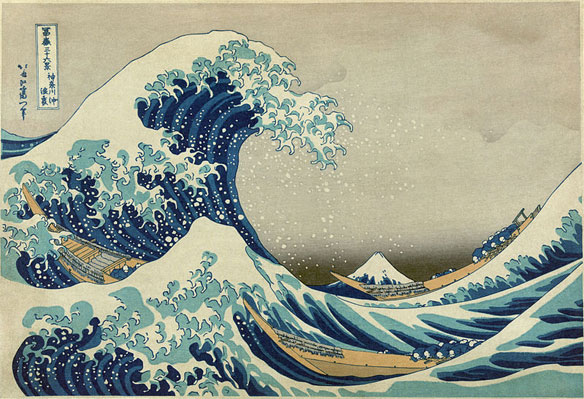
Hundreds of so-called tsunami stones, some more than six centuries old, dot the coast of Japan, standing in silent testimony to the past destruction that these lethal waves have frequented upon this earthquake-prone nation. But modern Japan, confident that advanced technology and higher seawalls would protect vulnerable areas, came to forget or ignore these ancient warnings, dooming it to repeat bitter experiences when the recent tsunami struck.
Japan Quake Caused Surprisingly Severe Soil Collapse
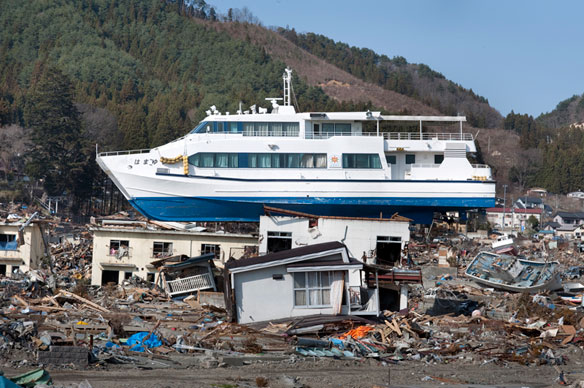
Near coastlines, harbors and rivers, earthquakes can make the wet, sandy soil jiggle, turning it temporarily from a solid to a liquid state, a process known as liquefaction. Japan’s soil liquefaction occurred over hundreds of miles, surprising even experienced engineers who are accustomed to seeing disaster sites, including from the recent earthquakes in Chile and New Zealand.
Asia Nuclear Reactors Face Tsunami Risk

Asia, the world’s most seismically charged region, is undergoing a nuclear renaissance as it struggles to harness enough power for its huge populations and booming economies. The skeleton of what will soon be one of the world’s biggest nuclear plants is slowly taking shape along China’s southeastern coast, right on the doorstep of Hong Kong’s bustling metropolis. Like Japan’s Dai-ichi plant they lie within a few hundred miles of the type of fault known to unleash the largest tsunami-spawning earthquakes.
Radioactivity Rises Again In Sea off Japan Nuclear Plant

Levels of radioactivity have risen sharply in seawater near a tsunami-crippled nuclear plant in northern Japan, signaling the possibility of new leaks at the facility, the government said Saturday.
New Strong Earthquake hits Japan as evacuation zone widens
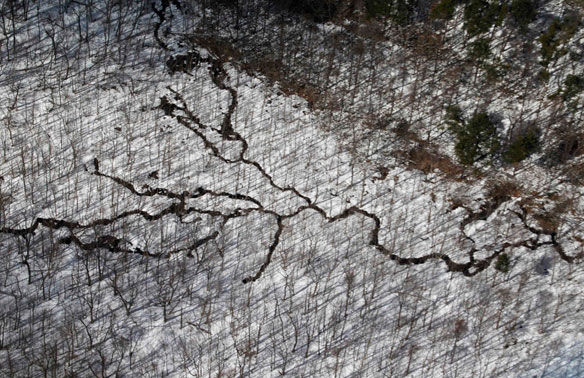
Japan on Monday widened the evacuation zone around a stricken nuclear plant exactly a month on from a huge natural disaster as another strong quake and tsunami alert strained nerves anew.
After the Quake: Japan’s Balance of Technology and Nature
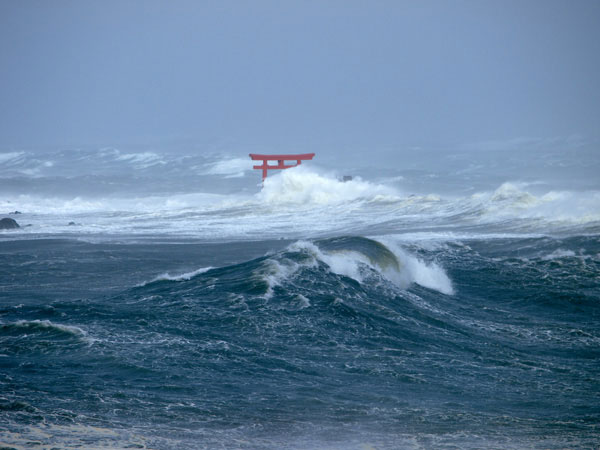
As Japan marks the first month after the devastating March 11 earthquake and tsunami, the country’s struggle between its technological heart and natural soul continues. In a country where technology is omnipresent, the unpredictability of nature, with its mercurial seasons or weather patterns, can seem like a reprieve. And even if it is not always welcomed, nature will still inflict itself on a country that has tried in vain to rise above it.
Fukushima-Related Radioactive Materials Measured Across Entire Northern Hemisphere

The International Monitoring System (IMS) have provided information on the spread across the entire Northern Hemisphere, of radioactive particles and noble gases from the Fukushima accident.
Worried about a radioactive ocean? A reality check

The water dumping came after earlier leaks of radioactive water that had already raised concerns about its effects in the ocean, raising questions about health and safety.
Radioactive Water Leak at Japan Plant Is Plugged, TEPCO Says
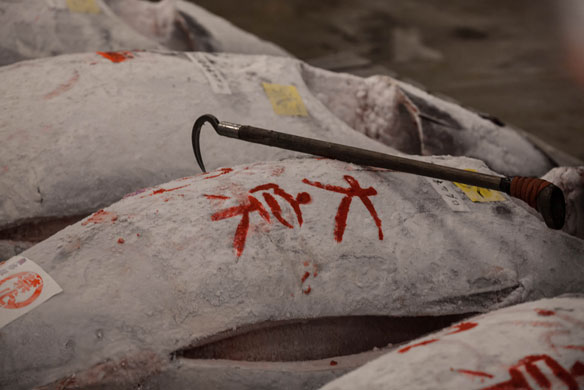
The company that runs Japan’s crippled nuclear power plant announced Wednesday that it had stopped the leak of tons of highly radioactive water into the ocean and acknowledged it could have given more information to neighboring countries about contamination in the ocean.
